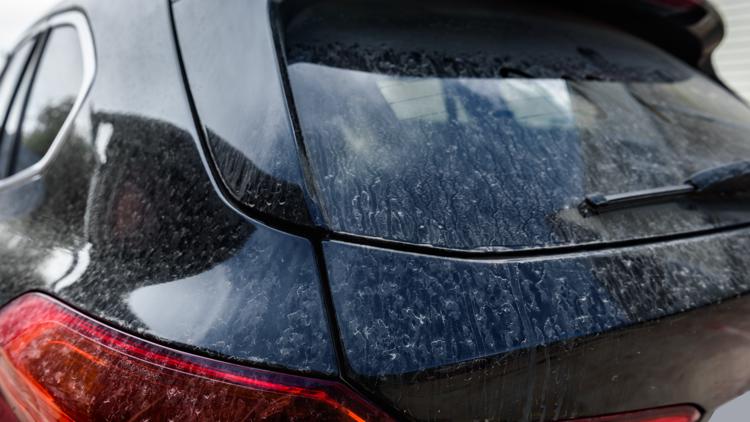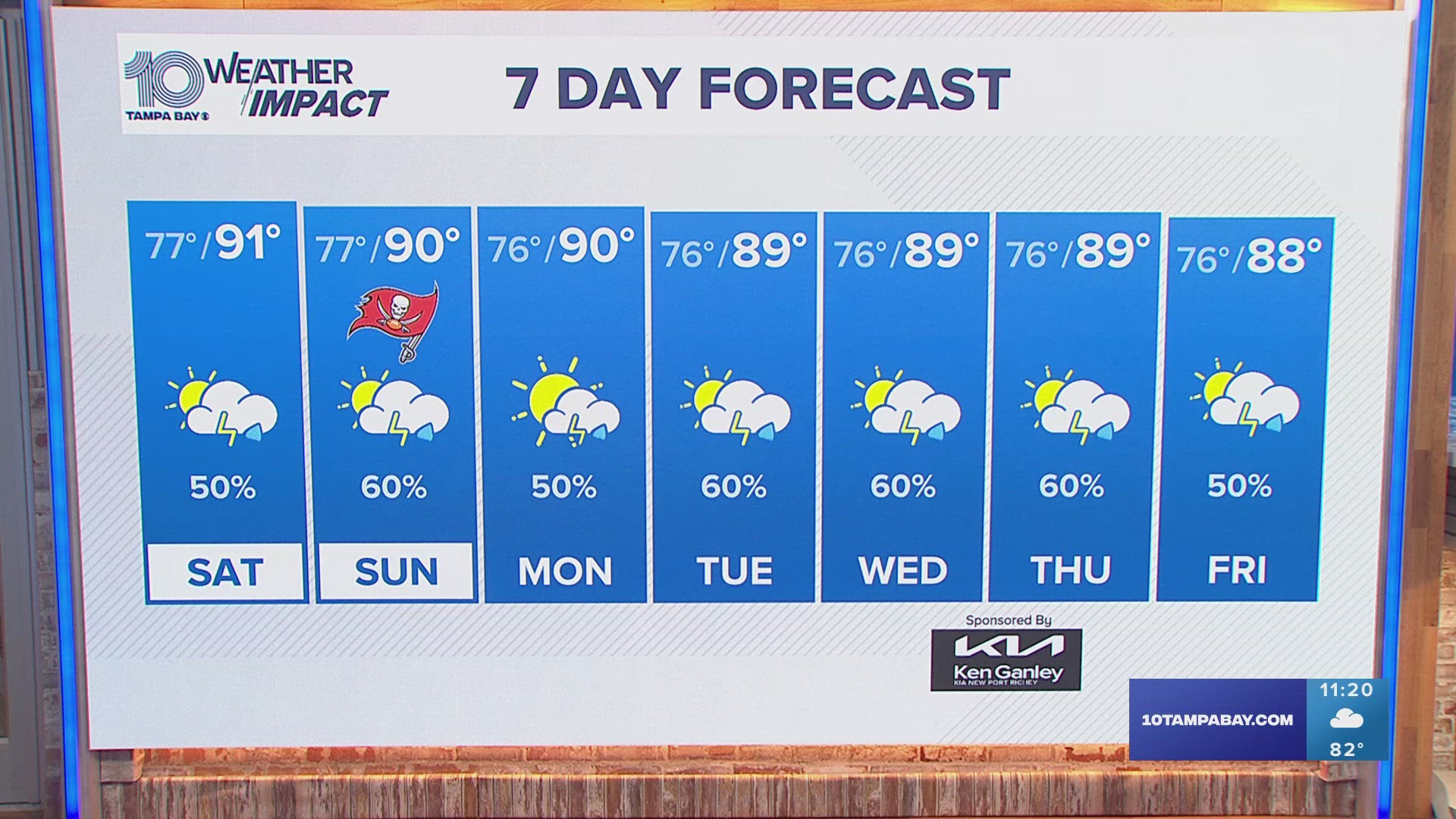TAMPA, Fla. — Plumes of dust from the Sahara Desert have been lingering over parts of Florida for the past week, bringing gorgeous sunsets, impacting air quality and suppressing tropical development.
But this week, they could bring a whole other phenomenon known as "dirty rain."
While the name sounds menacing, it simply means that particles from the Saharan dust plume could get trapped in water particles and come down with rain showers.
The biggest concern is that it may leave behind a filmy residue on cars, windows and outdoor furniture.
Areas most likely to notice this "dirty rain" can range anywhere from central to south Florida, especially during the months of June and July.
Saharan dust plumes, or the Saharan Air Layer (SAL), can form when tropical trade winds pick up dust from the coast of Africa and lift it into the atmosphere. Plumes usually leave Africa every three to five days between late June and early August. They are typical for this time of year, according to the National Environmental Satellite, Data and Information Service.
Tropics and hurricanes
Meteorologists and weather organizations often attribute a "dry" tropical season to Saharan dust, but it isn't because it absorbs the moisture.
A large SAL creates an albedo effect, meaning the sunlight hitting the plumes will be reflected, resulting in cooler water temperatures underneath and higher wind speeds.
Hurricanes and tropical disturbances need near-perfect conditions to form: warm water and calm winds.
The Saharan plumes often cover the water enough to lower the temperatures to under 80 degrees Fahrenheit, the temperature required to form a hurricane. The wind sheer picks up as the dust moves and creates a lower moisture content over the tropics.
"While Saharan dust can help limit development in the tropical Atlantic this time of year, that trend does not last for long. As we enter the peak of hurricane season through August, September, and October, conditions turn very prime for tropical development" our 10 Tampa Bay weather team says.



